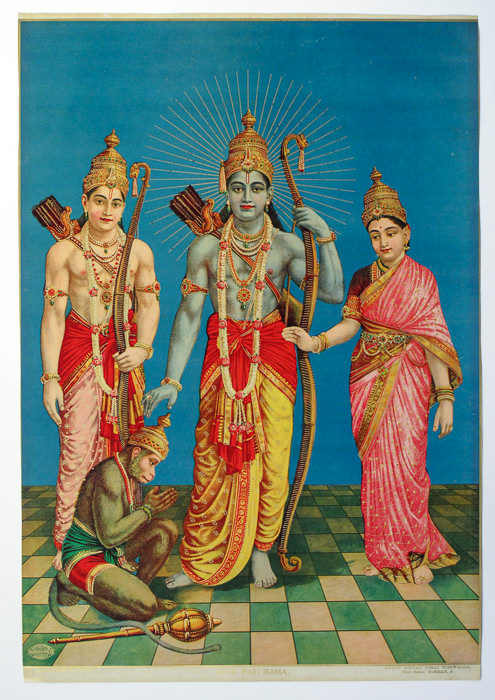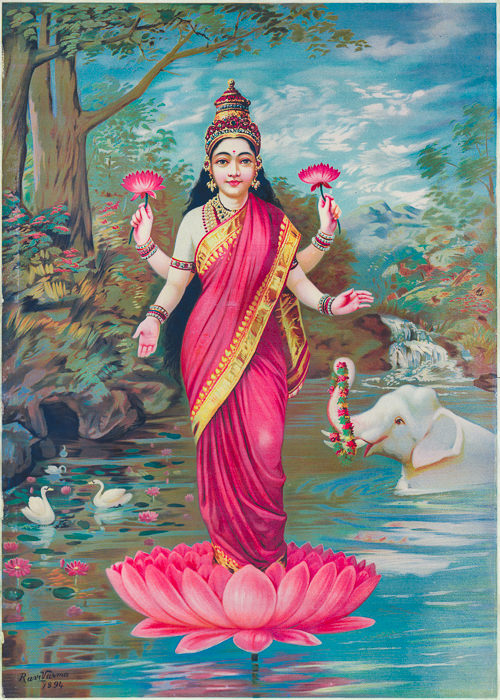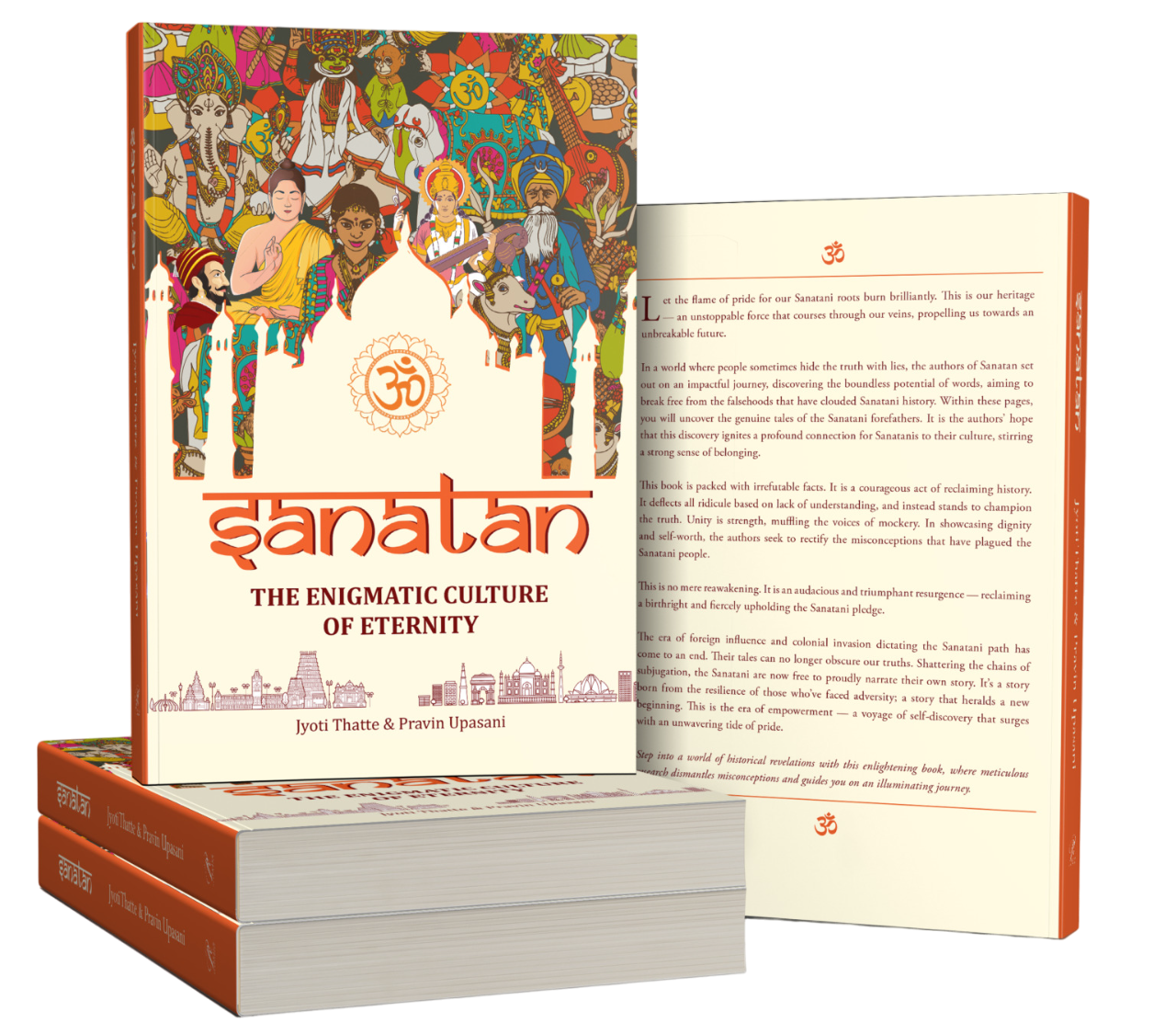Sanatan Festivals: Significance of Religious Traditions
Sanatan Dharma, often referred to as Hinduism, is a rich tapestry of beliefs, practices, and cultural traditions. One of the most vibrant aspects of this ancient philosophy is its festivals, which serve as a celebration of life, community, and spirituality. These festivals are not merely occasions for joy and festivity; they embody deep spiritual meanings and serve as reminders of the values and principles upheld by Sanatan Dharma.
The Essence of Sanatan Festivals
Sanatan festivals reflect the cyclical nature of life, as they are often tied to the seasons, agricultural cycles, and celestial events. The festivals foster a sense of community and family bonding, inviting individuals to come together, celebrate, and reflect on their spiritual journeys. From Diwali, the festival of lights, to Holi, the festival of colors, each celebration encapsulates unique teachings and values that align with the tenets of Sanatan Dharma.
Diwali: The Festival of Lights
One of the most widely celebrated festivals in Sanatan Dharma is Diwali, also known as the Festival of Lights. This five-day festival symbolizes the victory of light over darkness and knowledge over ignorance. It commemorates Lord Rama's return to Ayodhya after defeating the demon king Ravana. The festival teaches the importance of righteousness, self-discipline, and devotion.
During Diwali, families clean and decorate their homes, light oil lamps (diyas), and offer prayers to Goddess Lakshmi, the deity of wealth and prosperity. The practice of sharing sweets and gifts fosters community spirit and strengthens bonds among friends and family. The significance of Diwali extends beyond mere celebration; it serves as a time for introspection and renewal, encouraging individuals to reflect on their personal growth and spiritual journeys.
Holi: The Festival of Colors
Holi, the festival of colors, is another prominent celebration within Sanatan Dharma. It marks the arrival of spring and the triumph of good over evil, symbolized by the burning of the demoness Holika. Holi encourages joy, love, and the breaking down of social barriers.
During this vibrant festival, people throw colored powders and water at each other, signifying the joy of life and the arrival of new beginnings. Holi fosters unity, as individuals from different backgrounds come together to celebrate the vibrancy of life. It is a time to forgive, forget, and renew relationships, echoing the core values of Sanatan Dharma.
Navratri: A Time of Devotion and Strength
Navratri, a nine-night festival dedicated to the worship of the Goddess Durga, highlights the feminine divine and the power of women in Sanatan Dharma. This festival emphasizes strength, resilience, and devotion. Each night is dedicated to a different form of the goddess, showcasing the many aspects of feminine energy.
Navratri involves fasting, prayer, and dance (Garba and Dandiya) as devotees honor the goddess and seek her blessings. The festival culminates in Dussehra, which commemorates Lord Rama's victory over Ravana, reinforcing the triumph of good over evil. Navratri encourages spiritual growth and deepens one’s connection to the divine, highlighting the importance of dedication and devotion in the Sanatan tradition.
Makar Sankranti: Celebrating the Harvest
Makar Sankranti is a harvest festival celebrated in various parts of India, marking the transition of the sun into the zodiac sign of Capricorn (Makar). This festival symbolizes new beginnings, prosperity, and the importance of nature in our lives. People celebrate by flying kites, preparing special dishes, and engaging in rituals to thank the sun for its bounty.
The significance of Makar Sankranti lies in recognizing the interconnectedness of life and nature. It serves as a reminder of the gratitude we owe to nature for its sustenance, reinforcing the idea of living in harmony with the environment—a core principle of Sanatan Dharma.
Ganesh Chaturthi: The Birth of Lord Ganesha
Ganesh Chaturthi celebrates the birth of Lord Ganesha, the remover of obstacles and the god of wisdom. This festival is particularly popular in Maharashtra, where elaborate statues of Ganesha are installed in homes and public places. Devotees offer prayers, sing hymns, and immerse the idols in water at the end of the festival, symbolizing the cycle of life and the impermanence of material forms.
Ganesh Chaturthi emphasizes the significance of overcoming obstacles and the importance of wisdom in our endeavors. It teaches that while challenges are a part of life, with faith and perseverance, one can overcome them.
The Spiritual Significance of Festivals
The festivals of Sanatan Dharma are steeped in spiritual significance, offering a pathway to deeper understanding and connection with the divine. They serve as a reminder of the teachings found in various Spiritual Book related to Sanatan Dharma, which elaborate on the philosophy and principles behind these celebrations. These texts encourage individuals to engage with their spirituality actively, rather than passively observing traditions.
To fully grasp the teachings and values embedded in Sanatan festivals, many turn to Sanatan Dharma books. These books for Sanatan Dharma encompass a wide range of topics, from ancient scriptures like the Vedas and Upanishads to contemporary interpretations that delve into the spiritual meanings behind various traditions. Reading these texts can enhance one’s understanding of the festivals and inspire a more profound connection to their spiritual practice.
For those looking to deepen their knowledge, exploring these Spiritual Books can provide invaluable insights into the significance of each festival and its connection to broader themes within Sanatan Dharma. They can serve as essential companions on one’s spiritual journey, illuminating the path toward self-realization and understanding.
About the Book: Sanatan - "The Enigmatic Culture of Eternity"
"Sanatan: The Enigmatic Culture of Eternity" is a profound exploration of the timeless teachings and traditions of Sanatan Dharma. Authored by Jyoti Thatte and Pravin Upasani, this book delves into the rich heritage and spiritual wisdom that underpin the festivals and cultural practices of Sanatan Dharma.
This insightful book serves as a guide to understanding the essence of Sanatan Dharma, offering readers a deeper appreciation of its teachings and values. By engaging with the narratives and insights presented in this book, readers can enhance their connection to the spiritual heritage of Sanatana Dharma and the festivals that celebrate it.
Sanatan festivals are not merely cultural events; they are profound spiritual experiences that offer valuable lessons in unity, devotion, and the cyclical nature of life. They remind us of our connection to the divine and to one another. By actively participating in these celebrations and engaging with the teachings found in Sanatan Dharma Book, individuals can cultivate a deeper understanding of their spiritual heritage.
In a world that often seems disconnected, embracing the richness of Sanatan festivals allows individuals to reconnect with their roots, fostering a sense of belonging and purpose. As we celebrate these traditions, we not only honor our past but also pave the way for a brighter, more harmonious future.
If you are interested in exploring these ancient teachings further, you can buy "Sanatan: The Enigmatic Culture of Eternity" online. This insightful book is available for home delivery across PAN India. Visit Sanatan Mystery official website to order your copy and immerse yourself in the spiritual wisdom of Sanatana Dharma.
Visit Us: https://sanatanmystery.com
Phone Number: +91 9923263591
Email Address: info@sanatanmystery.com
Referral Blog Links:
https://sanatanmystery.com/blog/ved-a-window-to-the-eternal-wisdom-of-vedic-culture
https://sanatanmystery.com/blog/understanding-the-sanatan-in-dharma
https://sanatanmystery.com/blog/why-discover-sanatan-culture-explore-our-best-selling-book
https://sanatanmystery.com/blog/the-mantra-om-science-spirituality-and-philosophy-in-vedas
https://sanatanmystery.com/blog/sanatana-dharmas-historical-roots-reveal-a-complex-journey
https://sanatanmystery.com/blog/empowerment-through-sanatani-pride-uncover-truth
https://sanatanmystery.com/blog/sanatan-dharma-and-spiritual-practice-a-path-to-eternal-wisdom










Comments
Post a Comment